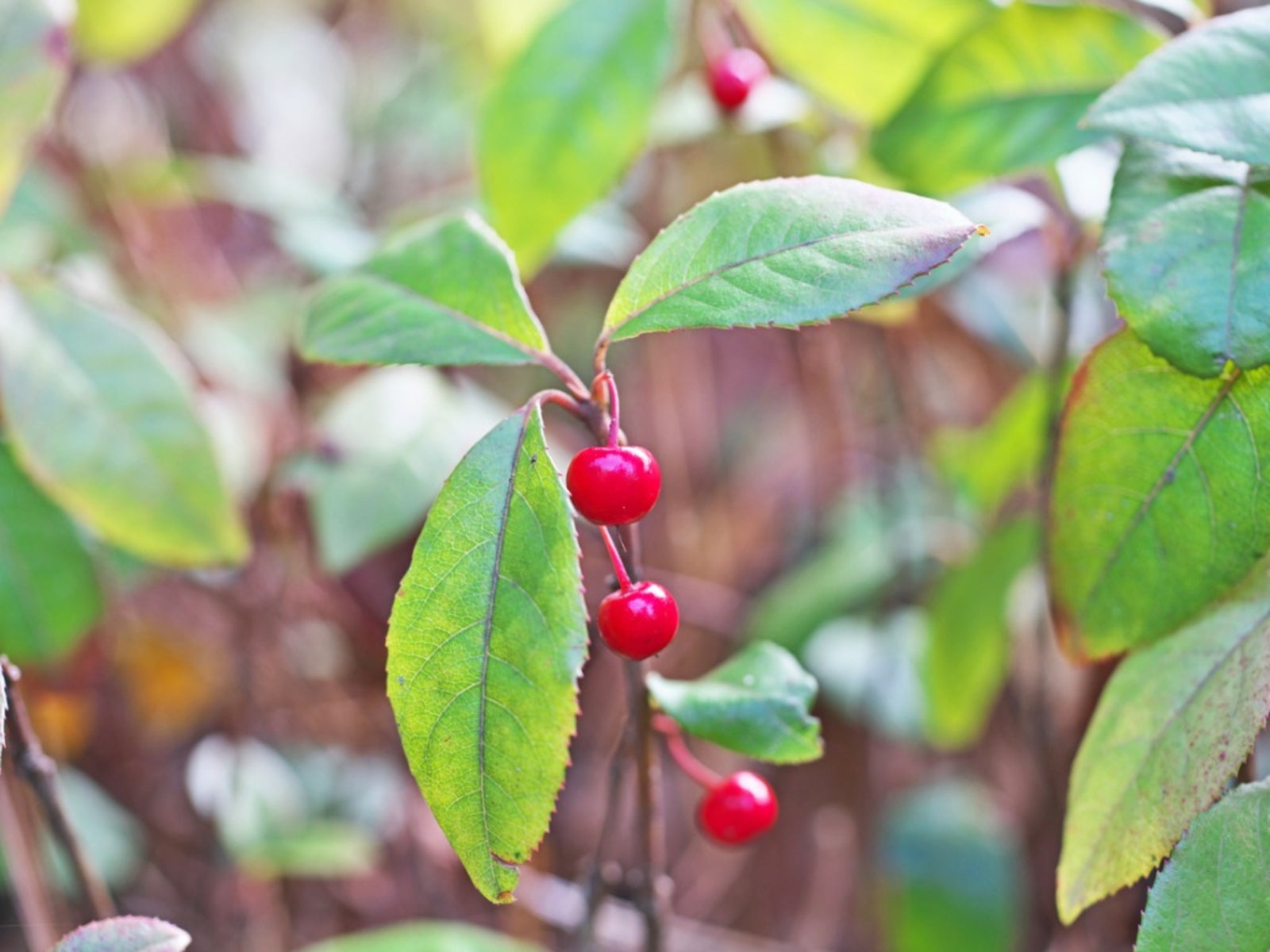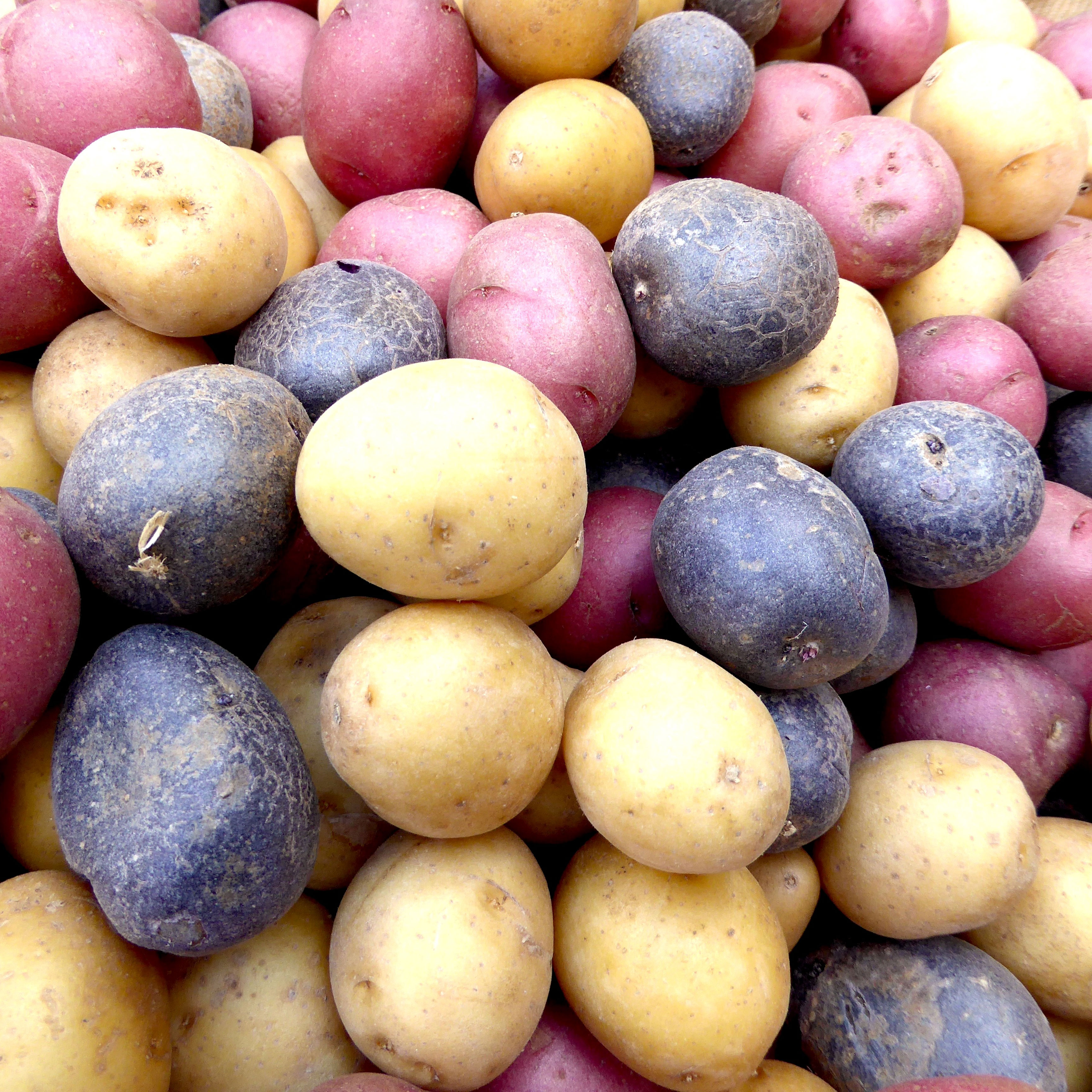What Is Japanese Ardisia: How To Care For Japanese Ardisia Plants


Listed amongst the 50 fundamental herbs in Chinese medicine, Japanese ardisia (Ardisia japonica) is now grown in many countries besides its native homelands of China and Japan. Hardy in zones 7 to 10, this ancient herb is now more commonly grown as an evergreen groundcover for shady locations. For Japanese ardisia plant info and care tips, continue reading.
What is Japanese Ardisia?
Japanese ardisia is a creeping, woody shrub that only grows 8 to 12 (20-31 cm.) tall. Spreading by rhizomes, it can get 3 foot (1 m.) or wider. If you are familiar with plants that spread by rhizomes, you may wonder is ardisia invasive? Coral ardisia (Ardisia crenata), a close relative of Japanese ardisia, is considered an invasive species in some locations. However, Japanese ardisia does not share coral ardisia’s invasive species status. Still, because new plants are added to local invasive species lists all the time, you should check with your local extension office before planting anything questionable.
Care for Japanese Ardisia Plants
Japanese ardisia is mostly grown for its dark green, glossy foliage. However, depending on variety, new growth comes in deep shades of copper or bronze. From spring through summer, small pale pink flowers hang beneath its whorled foliage tips. In autumn, the flowers are replaced by bright red berries. Commonly known as Marlberry or Maleberry, Japanese ardisia prefers part shade to shade. It can quickly suffer from sunscald if exposed to intense afternoon sun. When growing Japanese ardisia, it performs best in moist, but well-draining, acidic soil. Japanese ardisia is deer resistant. It is also not commonly bothered by pests or diseases. In zones 8 to 10, it grows as an evergreen. If temperatures are expected to dip below 20 degrees F. (-7 C.), though, Japanese ardisia should be mulched, as it can easily suffer from winter burn. A few varieties are hardy in zones 6 and 7, but they grow best in zones 8 to 10. Fertilize plants in spring with a fertilizer for acid-loving plants, such as Hollytone or Miracid.
Gardening tips, videos, info and more delivered right to your inbox!
Sign up for the Gardening Know How newsletter today and receive a free copy of our e-book "How to Grow Delicious Tomatoes".
-
 Growing Climbing Roses: How To Create Elegant Displays With Maximum Blooms
Growing Climbing Roses: How To Create Elegant Displays With Maximum BloomsMaster the art of growing stunning climbing roses with this essential guide to creating vibrant, fragrant walls and structures all summer long.
-
 Tuck Into Tasty Homegrown Heritage Spud Varieties: 7 Of The Best Heirloom Potatoes
Tuck Into Tasty Homegrown Heritage Spud Varieties: 7 Of The Best Heirloom PotatoesDo you love your potatoes but fancy a little unique flavor? If you’re interested in taters with a heritage twist, here are some of the best heirloom potatoes to try